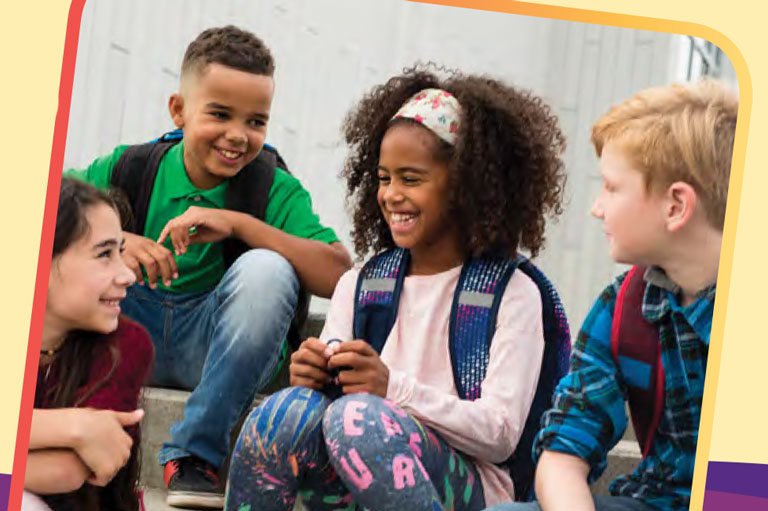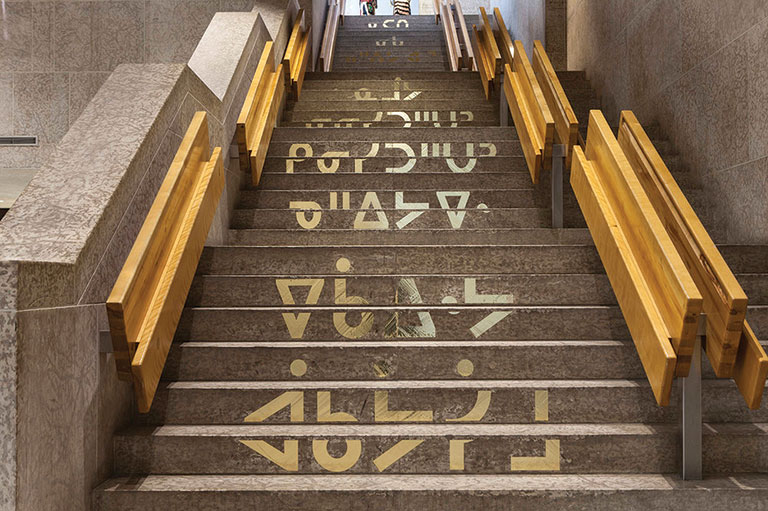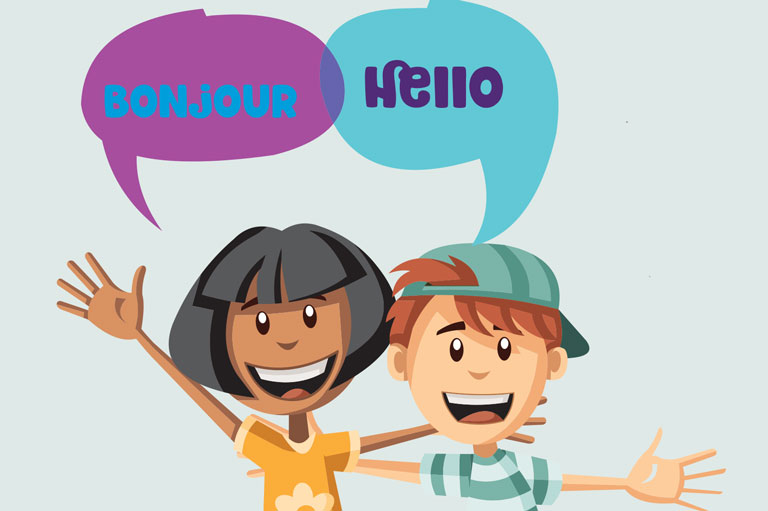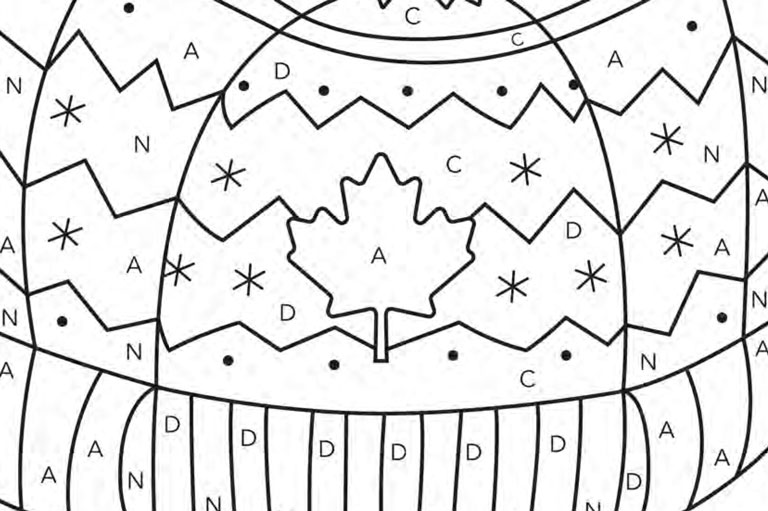Languages Educational Package
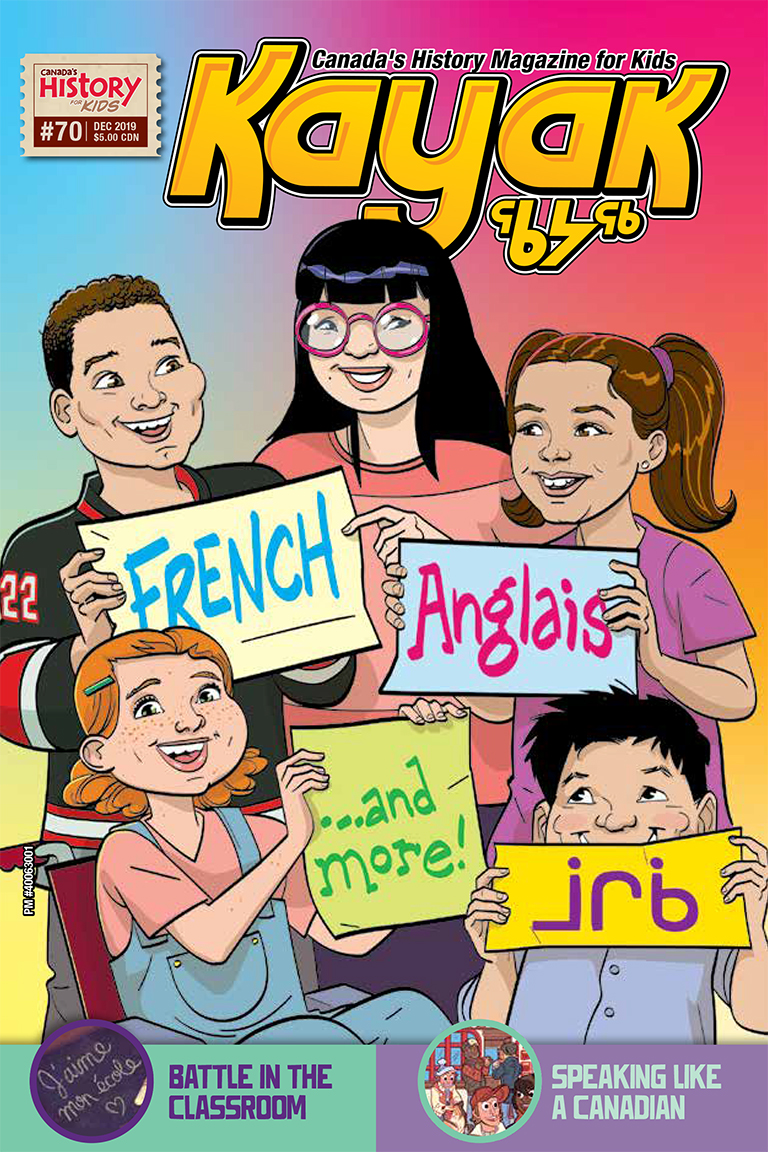
Why does it matter what language we speak? Or whether anyone else speaks our language?
Fifty years ago, Canada became officially bilingual, partly because the two languages have not always been treated equally.
French was used much more widely in western Canada until it was flooded out by English-speaking settlers — what’s known as the Manitoba schools question was one of the big reasons why.
Of course, before the first speakers of French and English arrived in our country, there were many Indigenous languages being used all over.
There are lots of words that come from First Nations or Inuit languages that everyone in Canada knows.
But that doesn’t mean we all understand each other — imagine what aliens would think if they came to our country and heard how differently we speak, depending on where we live.
There’s lots to talk about and read about in the December issue of Kayak!
Advertisement
We are grateful to the Department of Canadian Heritage for their support of this educational initiative.

